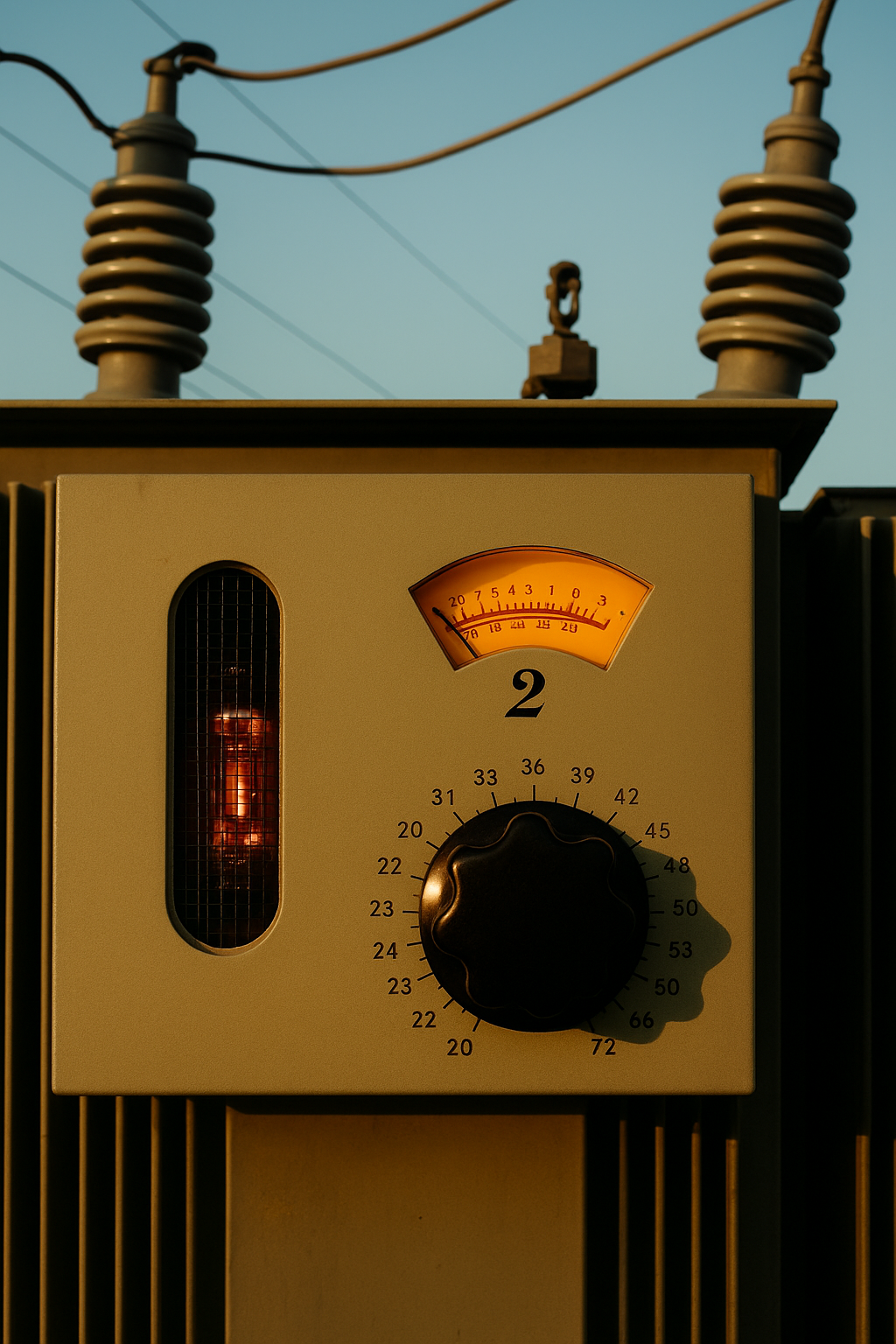Audio Saturation – The Hidden Magic of Analog Warmth

Why EQ alone often isn’t enough.
In today’s era of ultra-clean digital productions, sharp EQ curves and surgical precision, something essential is often missing: Vibe!
That warm, rich, emotionally resonant quality that makes music feel alive – not just technically right.
And this is where audio saturation steps in.
Saturation isn’t just a technical effect – it’s a sonic attitude. It doesn’t correct. It colors. It doesn’t fix – it feels.
So what is it, technically?
Saturation happens when analog gear like tape machines, tubes or transformers is pushed gently into nonlinear behavior. This creates harmonic distortion, gentle compression, and that unmistakable sense of depth and character.
EQ asks: “What’s missing?”
Saturation asks: “How does it feel?”
While EQ boosts or cuts specific frequencies, saturation shapes the entire signal – it reacts to transients, rounds off harshness, and glues elements together in a musical way.
Why Saturation Is Essential:
- Adds harmonic richness and warmth.
- Enhances perceived loudness naturally.
- Smooths dynamics without destroying them.
- Gives cohesion to the mix.
- Brings analog soul into digital clarity.
Saturation adds life, depth, and grit where EQ simply can’t.
Common Applications:
- Drums: Punch and weight via tape-style saturation.
- Vocals: Body and presence through tube-style drive.
- Bass: Dirt and tone without mud.
- Mastering: Analog-style glue and harmonic complexity.
Bottom Line:
Saturation doesn’t replace EQ – it transcends it.
Used with intention, it becomes a signature sound.
If EQ is the scalpel, then saturation is the paintbrush.
In a world obsessed with precision, saturation is the soul your sound deserves.
Frequently Asked Questions (FAQ)
What is audio saturation?
Audio saturation is the process of gently pushing analog gear, like tape machines, tubes, or transformers, into nonlinear behavior. This creates harmonic distortion, gentle compression, and adds depth and character to the sound.
How does saturation differ from EQ?
While EQ boosts or cuts specific frequencies, saturation shapes the entire signal, reacting to transients, rounding off harshness, and gluing elements together in a musical way. EQ is technical, while saturation adds emotional warmth and richness.
Why is saturation important?
Saturation adds harmonic richness, enhances perceived loudness, smooths dynamics, and gives cohesion to a mix, all while bringing an analog soul into the digital clarity.
What are some common uses for saturation in music production?
- Drums: Punch and weight via tape-style saturation.
- Vocals: Body and presence through tube-style drive.
- Bass: Dirt and tone without mud.
- Mastering: Analog-style glue and harmonic complexity.
About the Co-Author
CB MASTERING – Partner in Crime at NexaTunes Blog
📧 cbmastering@gmx.de · 🔗 linktr.ee/cb.mastering
